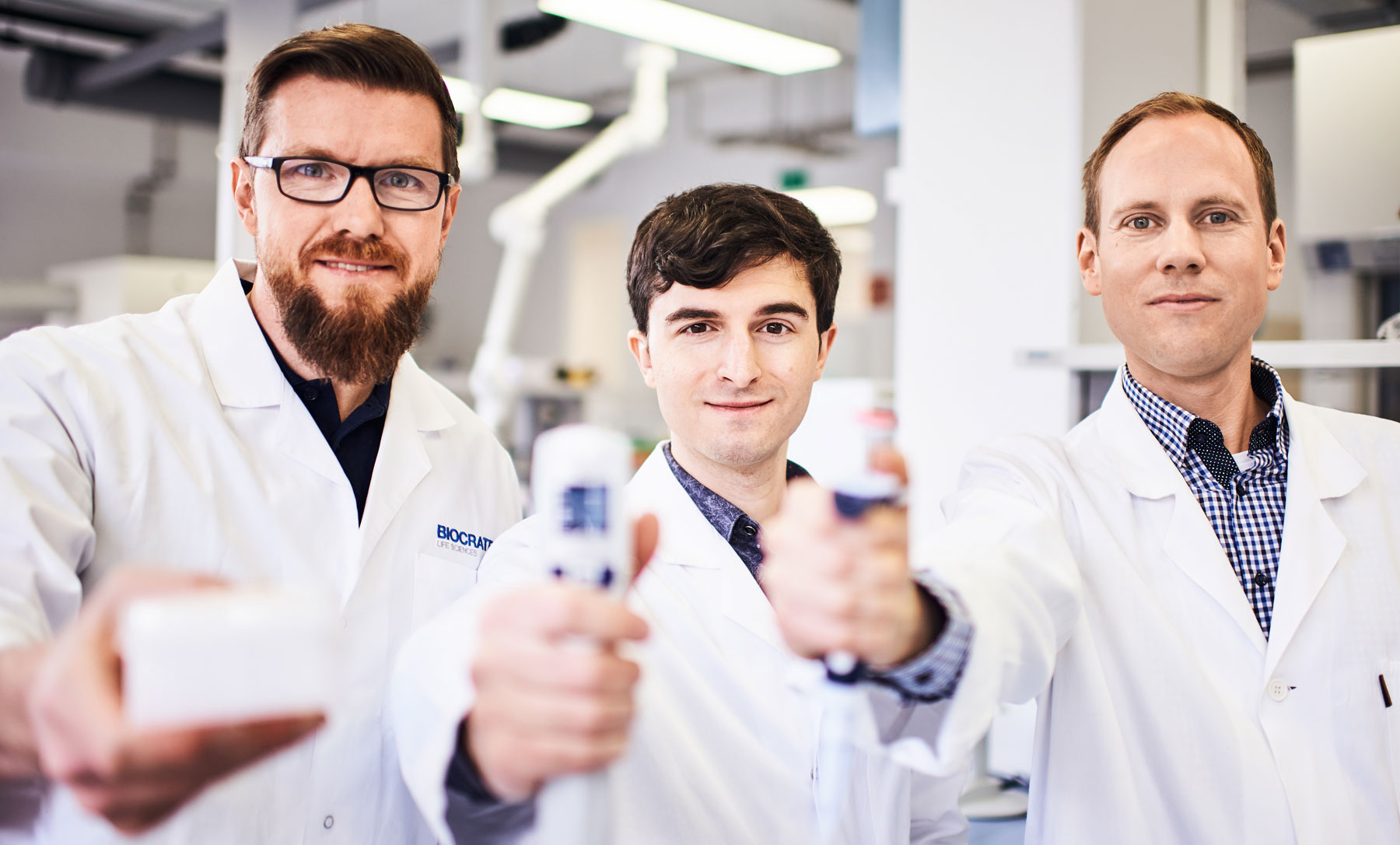

We are here for you
We look forward to supporting you with all your kit, software, and application needs. For the most up to date information and answers to common questions and issues, please explore the available resources:
- Kit user manuals — Detailed information related to setting up and running kits
- WebIDQ user manual — Detailed instructions for installing and processing kit data
- Video tutorials — Instructional videos for using WebIDQ
- FAQ — Answers to many common questions and troubleshooting tips
The above-mentioned material is available as a download on mybiocrates. Additional resources related to application areas, sample preparation SOPs, analytical kit performance details, safety documentation, and quality control and calibration sample information are also available.
Frequently asked questions
Answer:
Sample registration, plate layout creation, quantification, technical validation, and results formatting are handled by biocrates’ WebIDQ software. The data collection is controlled by the instrument manufacturer’s software using acquisition methods provided in the download section in My biocrates. It is not required to run WebIDQ on the same computer as the instrument.
WebIDQ contains tools for data normalization and analysis as well as MetaboINDICATOR™. Exported data can be formatted for direct uploaded in MetaboAnalyst (see biocrates MetaboAnalyst tutorial) or use in R with a provided script. Additionally, biocrates offers a statistical analysis service and interpretation package performed by our in-house experts.
Answer:
biocrates kits have been specifically validated for use with plasma and serum. However, a wide variety of other sample matrices can be analyzed using the kits. Essentially any samples with endogenous metabolites can be analyzed with the correct preparation.
For most kits, protocols for the following matrices are available:
- Tissue
- Urine
- Fecal
- Cell culture
- Dried blood spots
- Cerebrospinal fluid
Answer:
biocrates kits were validated with EDTA and heparin plasma only. Citrate plasma may also be used, but performance may be reduced. The most important aspect is to ensure that all plasma samples within one study are collected in the same way and using the same anticoagulant. For a summary of various anticoagulants and their effect on metabolomics samples, please refer to this peer-reviewed study.
Answer:
The lipids are annotated according to head group, total number of carbons in the chains, and total number of double bonds in the chains. For example, PC(16:1/20:5) becomes PC(36:6).The lipid analysis in the p180, p400 HR and MxP Quant 500 kits does not provide specific information regarding either the positions or chain lengths of the fatty acid residues linked to each lipid’s backbone. Consequently, the reported signal is a sum of several isobaric/isomeric lipids. For more detailed information please refer to the list of isobaric lipids for each kit: p180, p400 HR, MxP Quant 500 (available on request)
Answer:
While the biocrates kits come with all the standards and quality controls necessary, some other additional solvents and lab equipment are required to successfully prepare and run a plate. Please contact biocrates support for a detailed list of requirements and recommendations.
Can’t find the answer to your question?
Please provide us with the following information in the message section to help resolve the issue promptly.
- LC-/MS Instrument type
- Kit you are working with
- Short description of the issue
- Please also provide a contact phone number